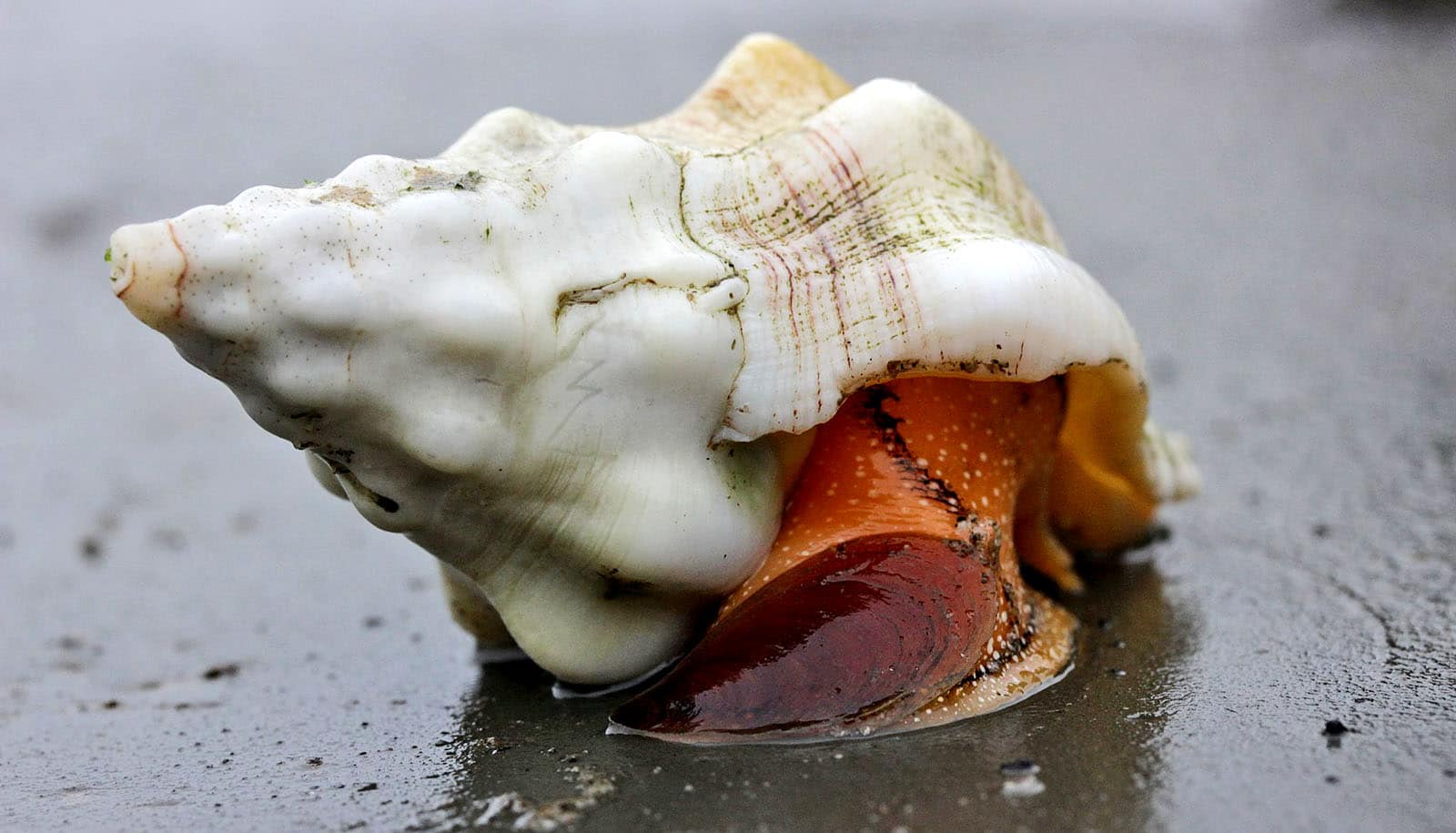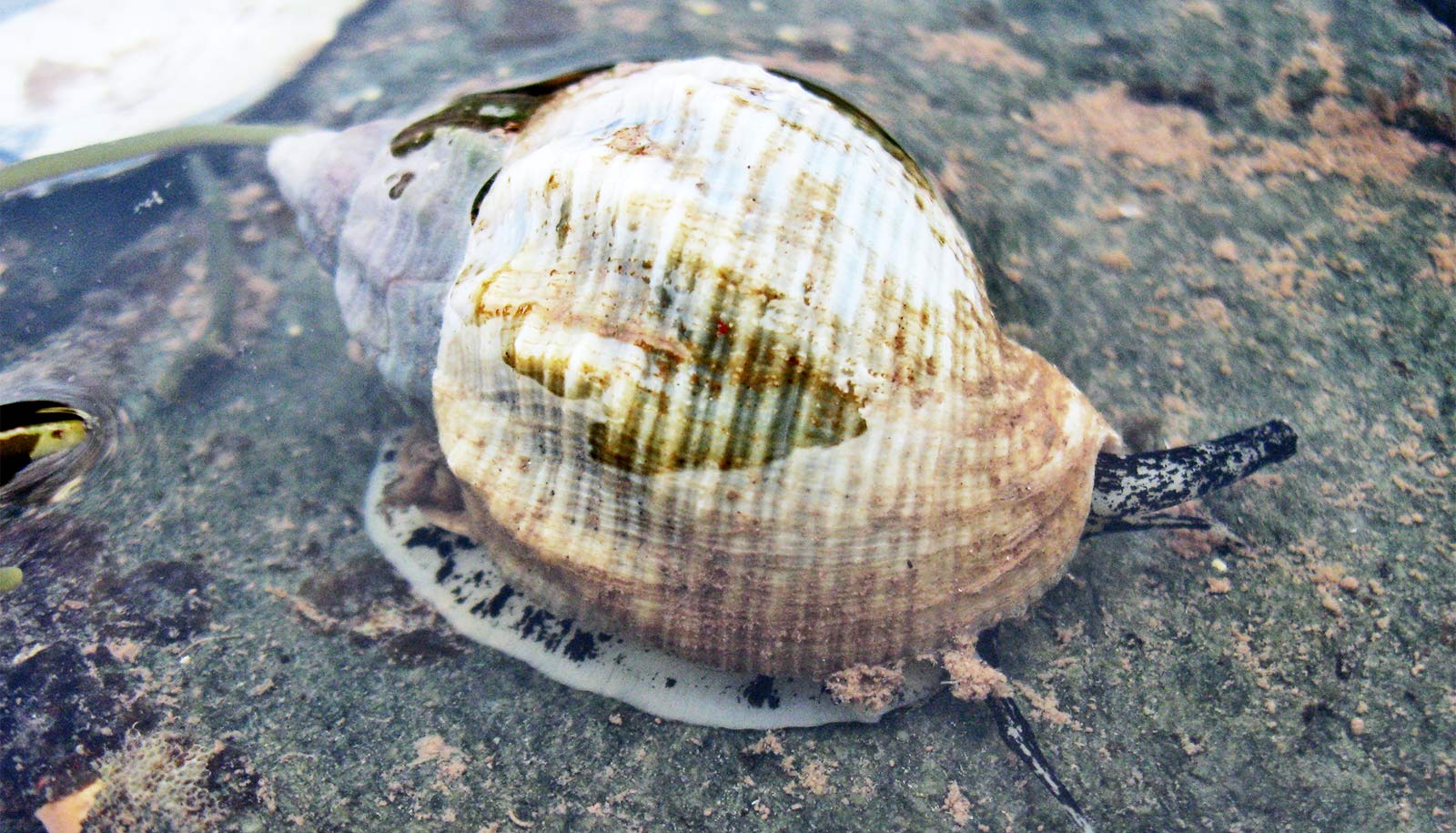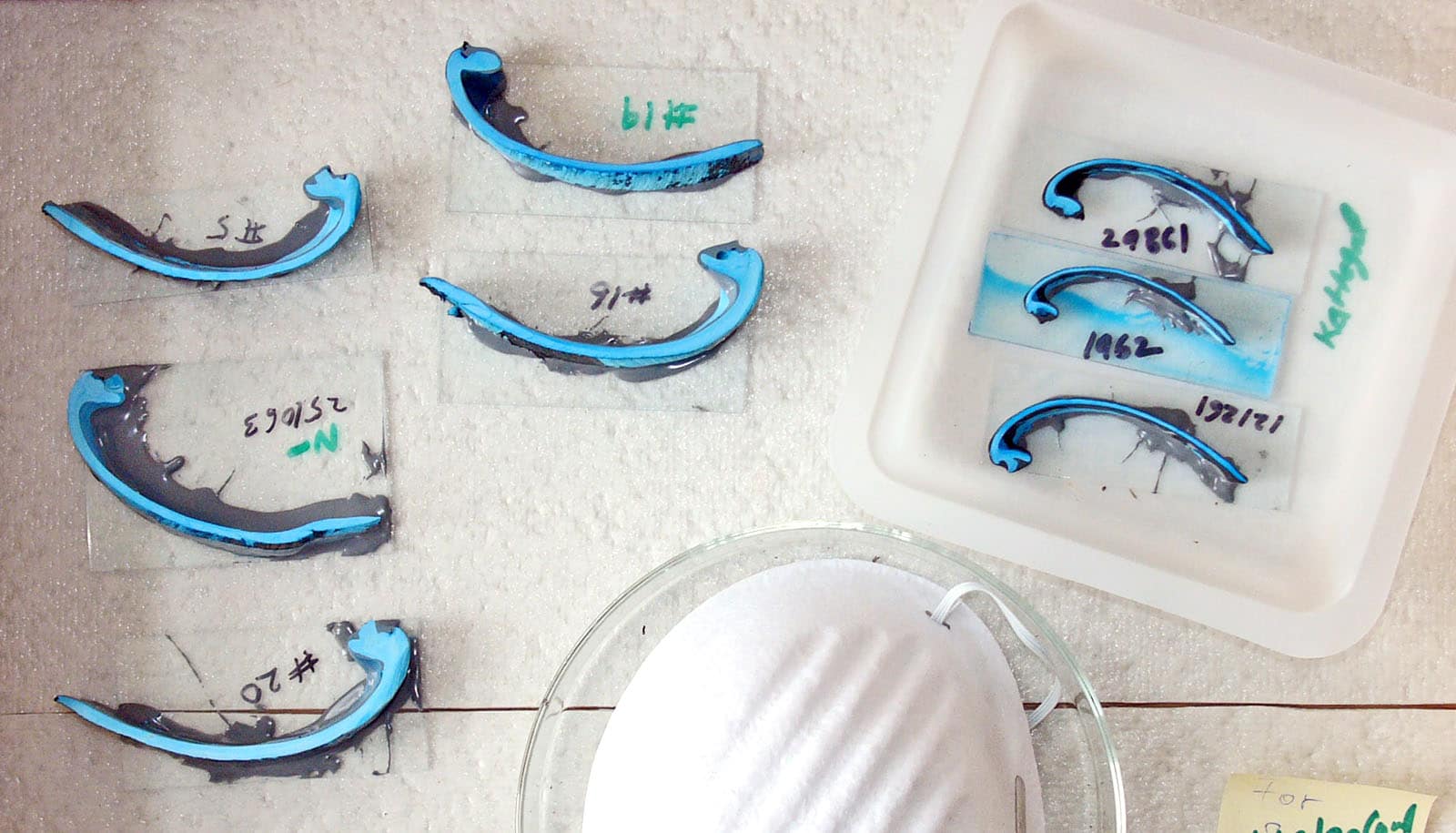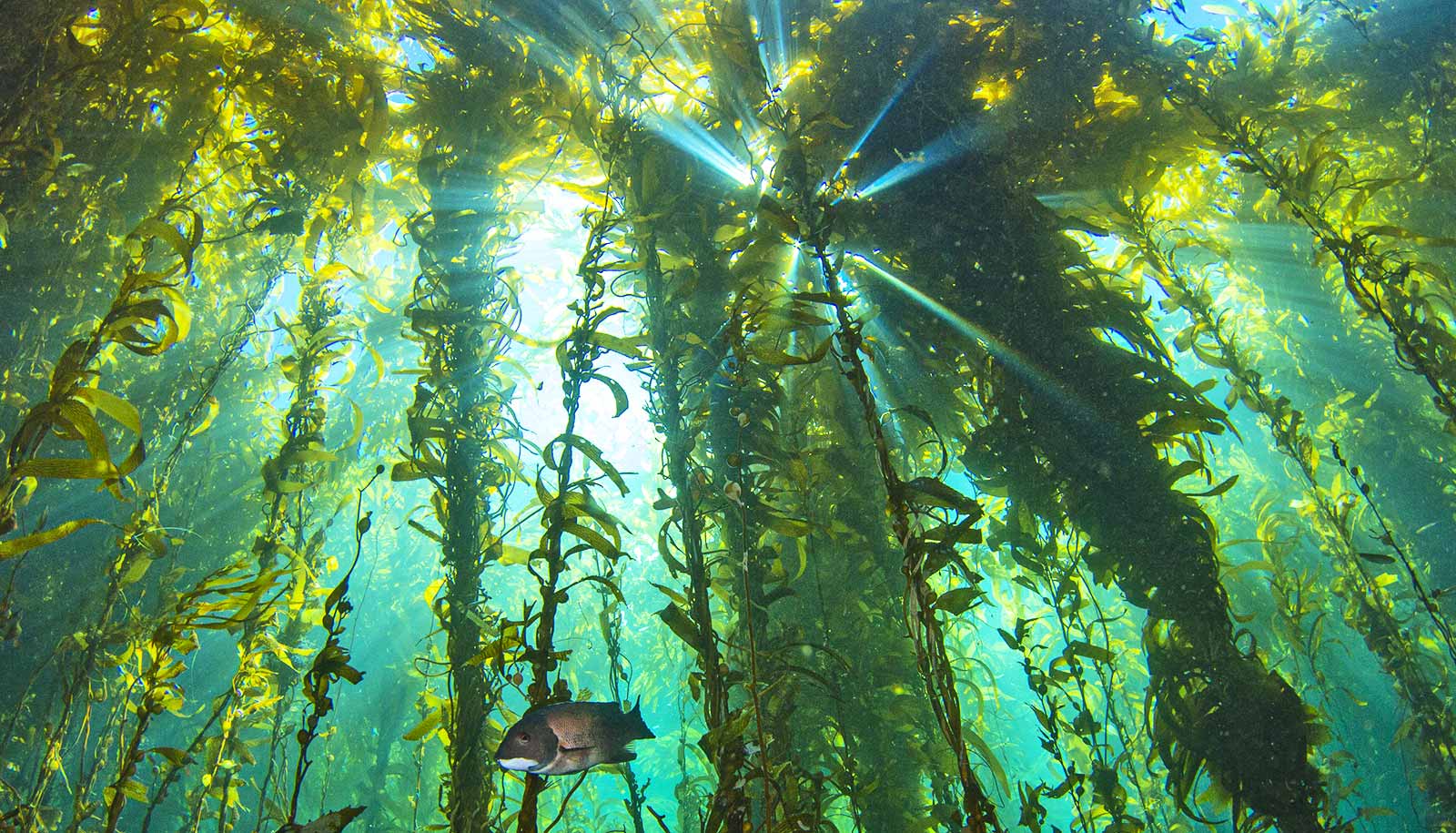Marine biologists investigated the effect of elevated temperatures on Kellet’s whelk larvae, a common Southern California sea snail and the target of an emerging local fishery.
There’s plenty of evidence that higher temperatures will place stress on marine animals. But just as important is the heat’s effect on their larvae, microscopic plankton drifting along in the water column. These early life stages, so hard to see, are often overlooked in research and in management.
Researchers have begun assessing how animals in these vulnerable early stages will cope with environmental changes, and what that may mean for ecosystems and fisheries.
“While young Kellet’s whelks are able to withstand a wider range of warmer temperatures than we expected, marine heatwaves remain a threat, especially as baseline temperatures rise,” says lead author Xochitl Clare, a doctoral candidate in the Hofmann Lab in the department of ecology, evolution, and marine biology at the University of California, Santa Barbara.
Kellet’s whelk in warming water
The Kellet’s whelk is a predatory scavenger that lives in the rocky and sandy bottoms of kelp forest communities. They are incredibly abundant in the Santa Barbara Channel, and their turret-like shells often wash ashore. Young whelks develop in four stages over the course of about a month. As a part of her work in the university’s Santa Barbara Coastal Long-Term Ecological Research program, Clare focused on the impact of high water temperatures on the last two stages of development: the veligers, still inside their egg capsules, and the free-swimming hatchlings.
Clare placed test-tubes of veligers and hatchlings in a heat block for a one-hour trial. The heat block creates a temperature gradient between ambient channel temperature of 15° C (50° F) on the left to 37° C (98.6° F) on the right. This let her pinpoint the temperature at which the whelk larvae begin having issues. Specifically, she measured mortality and developmental abnormalities—for instance, whether the hatchlings were well-formed and could swim.
Mortality was similar between the two life stages, with half of individuals dying off at roughly 34° C (93° F). In contrast, the hatchlings were more susceptible to defects from the heat than veligers. Half of hatchlings had abnormal development or behavior at 27.6° C, versus 24.9° C for veligers (81.7° F versus 76.8° F).
It’s common to look at survival rates to estimate a species’ resilience against stresses like heat. However, Clare believes that focusing only on mortality levels misses the broader picture. “We have to consider it in an ecological context, which means looking at body function and behavior,” she says.
Why study larvae?
Water did reach temperatures high enough to disrupt larval whelk development during the Blob, a marine heatwave in the northeastern pacific that lasted from 2013 through 2016. “While we may not experience a 33° Celsius ocean,” she continues, “we may see conditions where the larvae are not able to swim, where they’re not able to feed.” So, although the whelks may survive these temperatures, her findings suggest many of them won’t make it to their next stage of life. The findings appear in the Journal of Shellfish Research.
Researchers have a good understanding of how adult invertebrates—such as lobsters, abalone, and sea urchins—respond to environmental stress because it’s relatively straightforward to collect that data. However, it’s much more difficult to obtain for their early life stages, when they’re microscopic plankton. “A lot of fisheries model predictions don’t really include the early stages at all because of that experimental difficulty,” Clare says.
Time to eat some whelk?
Kellet’s whelks don’t currently support a large fishery in California. “But we can’t only focus on eating the same things over and over again,” Clare says. “We have to diversify our palates if we’re going to really fish sustainably.”
Supported by the Coastal Fund at UCSB, Clare is currently looking at the effects of high intensity, short duration marine heatwaves, like the one that occurred in Southern California in 2018. She also hopes to collaborate with commercial aquaculture enterprises, which are already raising aquatic larvae and stand to benefit from her findings.
“All in all, the whelks are proving to be super hardy in their early stages in comparison to other fished invertebrates in Santa Barbara, such as early stage abalone and squid, Clare says. “But as ocean warming continues to threaten our local seafood, it is critical that we understand which species will be resilient and remain ‘on the menu.'”
This research had funding from the National Science Foundation California LSAMP Bridge to the Doctorate Fellowship and the National Science Foundation Graduate Research Fellowship.
Source: UC Santa Barbara



